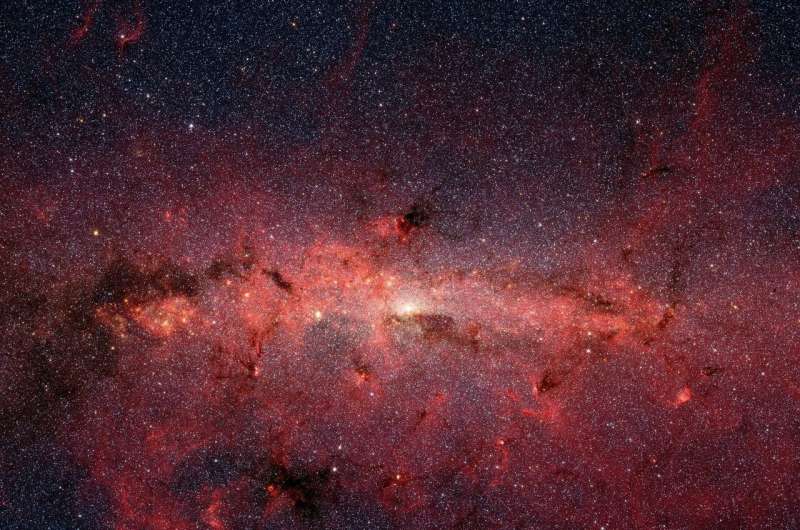Patchwork planets: Piecing together the early solar system

Stephanie Baum
scientific editor

Robert Egan
associate editor

Our solar system is a smashing success. A new study suggests that from its earliest period—even before the last of its nebular gas had been consumed—Earth's solar system and its planets looked more like a bin of well-used LEGO blocks than slowly-evolving spheres of untouched elements and minerals.
"Far from being made of pristine material, planets—including Earth—were built from recycled fragments of shattered and rebuilt bodies," said Damanveer Singh Grewal, an assistant professor of Earth and planetary science in Yale's Faculty of Arts and Sciences and first author of a new study in the journal Science Advances. "Our research paints a clearer picture of the violent origins of our solar system."
Scientists have long known that in the earliest days of the solar system, planets and protoplanets known as "planetesimals" formed via a combination of collisions and core formation, which triggered chemical changes to the cores' composition. But the level of influence for each of these forces has been unknown. Adding to the mystery, some planetesimals have unusual chemical signatures that would require the presence of highly unlikely metals at the start of a naturally evolving core formation process.
Grewal and his colleagues say the explanation lies with the smash-and-rebuild nature of the early solar system.
For the new study, the researchers created simulations of how planetary cores developed in the early years of the solar system based on a reinterpretation of data taken from iron meteorites—the remnants of the metallic cores of the first planetesimals.
The researchers hypothesize that high-energy collisions began 1 million to 2 million years after the forming of the solar system (considered "early" in cosmological terms). At that stage, some planetesimals had formed metal-rich cores, but the process was not complete.
Collisions shattered these cores, and their fragments later reassembled themselves into new planetary bodies.
"These events determined which elements and minerals young worlds carried into the next stage of planet formation," Grewal said. "Our findings show that the pathway to planetary formation was far more dynamic and complex than previously thought."
Varun Manilal, a graduate student in Earth and planetary sciences at Yale, is co-author of the study. Additional co-authors are Zhongtian Zhang, a former Carnegie Institution of Science postdoctoral fellow who is now at Princeton, Thomas Kruijer of the Lawrence Livermore National Laboratory, William Bottke of Southwest Research Institute, and Sarah Stewart of Arizona State University.
More information: Protracted Core Formation and Impact Disruptions Shaped the Earliest Outer Solar System Planetesimals, Science Advances (2025).
Journal information: Science Advances
Provided by Yale University





















